The Romanesque Calendar of 2025: A Comprehensive Overview
Related Articles: The Romanesque Calendar of 2025: A Comprehensive Overview
- Formula 1 2025 Calendar Outlook: Expansion, Innovation, And A Global Footprint
- 32 X 48 Dry Erase Wall Calendar 2025: An Essential Tool For Planning And Organization
- UK National Events Calendar 2025: A Comprehensive Guide
- Calendario Julio 2025
- 2025 Excel Calendar Template: A Comprehensive Guide To Free Download And Customization
Introduction
With enthusiasm, let’s navigate through the intriguing topic related to The Romanesque Calendar of 2025: A Comprehensive Overview. Let’s weave interesting information and offer fresh perspectives to the readers.
Table of Content
Video about The Romanesque Calendar of 2025: A Comprehensive Overview
The Romanesque Calendar of 2025: A Comprehensive Overview
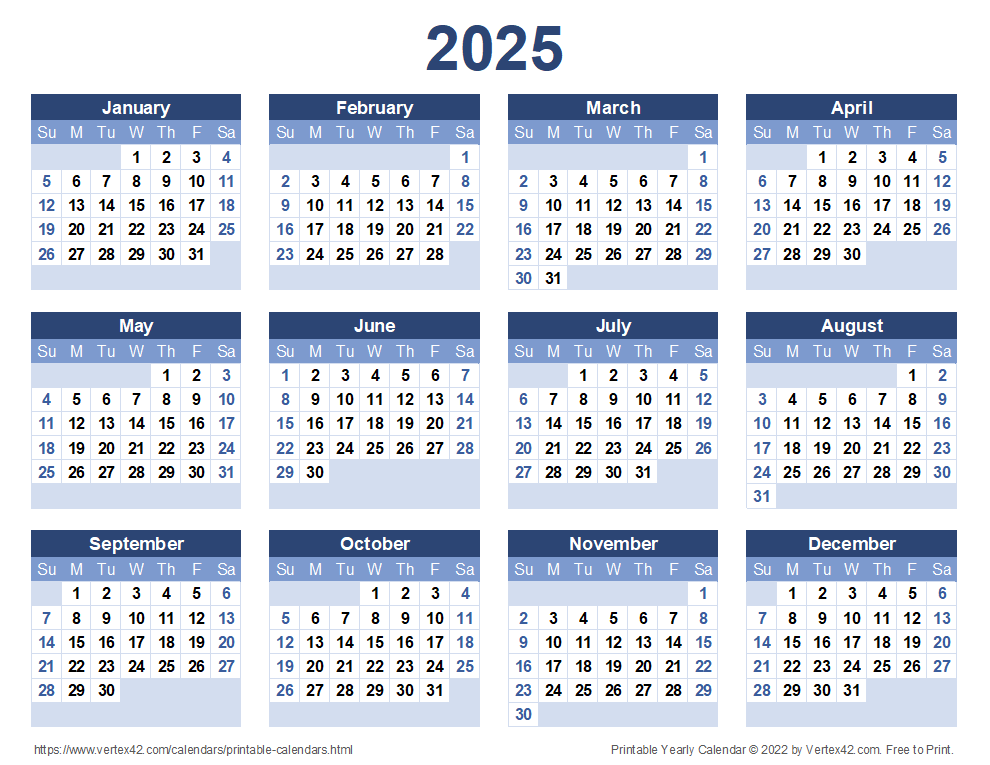
The Romanesque calendar, also known as the General Roman calendar, is a solar calendar that has been used in Western Europe for over two millennia. It was developed by the Romans in the 8th century BC and has been modified several times over the centuries. The current version of the Romanesque calendar is based on the Gregorian calendar, which was introduced by Pope Gregory XIII in 1582.
The Romanesque calendar is a 12-month calendar, with each month containing 30 or 31 days. The months are named after Roman deities or emperors, with the exception of February, which is named after the Latin word for "to purify."
The Romanesque calendar is a solar calendar, which means that it is based on the Earth’s orbit around the Sun. The year is divided into 365 days, with an extra day added every four years to account for the fact that the Earth’s orbit is not exactly 365 days long. The extra day is added to the month of February, which is why February has 29 days in leap years.
The Romanesque calendar is a widely used calendar around the world. It is the official calendar of most countries in Europe, as well as many countries in the Americas, Africa, and Asia. The Romanesque calendar is also used by the Catholic Church and many other Christian denominations.
Here is a table showing the months of the Romanesque calendar, along with their number of days:
| Month | Number of Days |
|---|---|
| January | 31 |
| February | 28 (29 in leap years) |
| March | 31 |
| April | 30 |
| May | 31 |
| June | 30 |
| July | 31 |
| August | 31 |
| September | 30 |
| October | 31 |
| November | 30 |
| December | 31 |
The Romanesque calendar is a complex and fascinating system that has been used for centuries to track time. It is a valuable tool for historians, astronomers, and anyone else who needs to understand the past and present.
The Romanesque Calendar in 2025
The year 2025 will be a common year in the Romanesque calendar. This means that it will have 365 days, with no extra day added to the month of February.
The first day of 2025 will be a Wednesday. The last day of 2025 will be a Tuesday.
The following are some important dates in the Romanesque calendar of 2025:
- New Year’s Day: January 1, 2025
- Easter Sunday: April 20, 2025
- Pentecost: May 31, 2025
- Christmas Day: December 25, 2025
The Romanesque calendar of 2025 is a valuable tool for planning your year. Use it to keep track of important dates, events, and appointments.


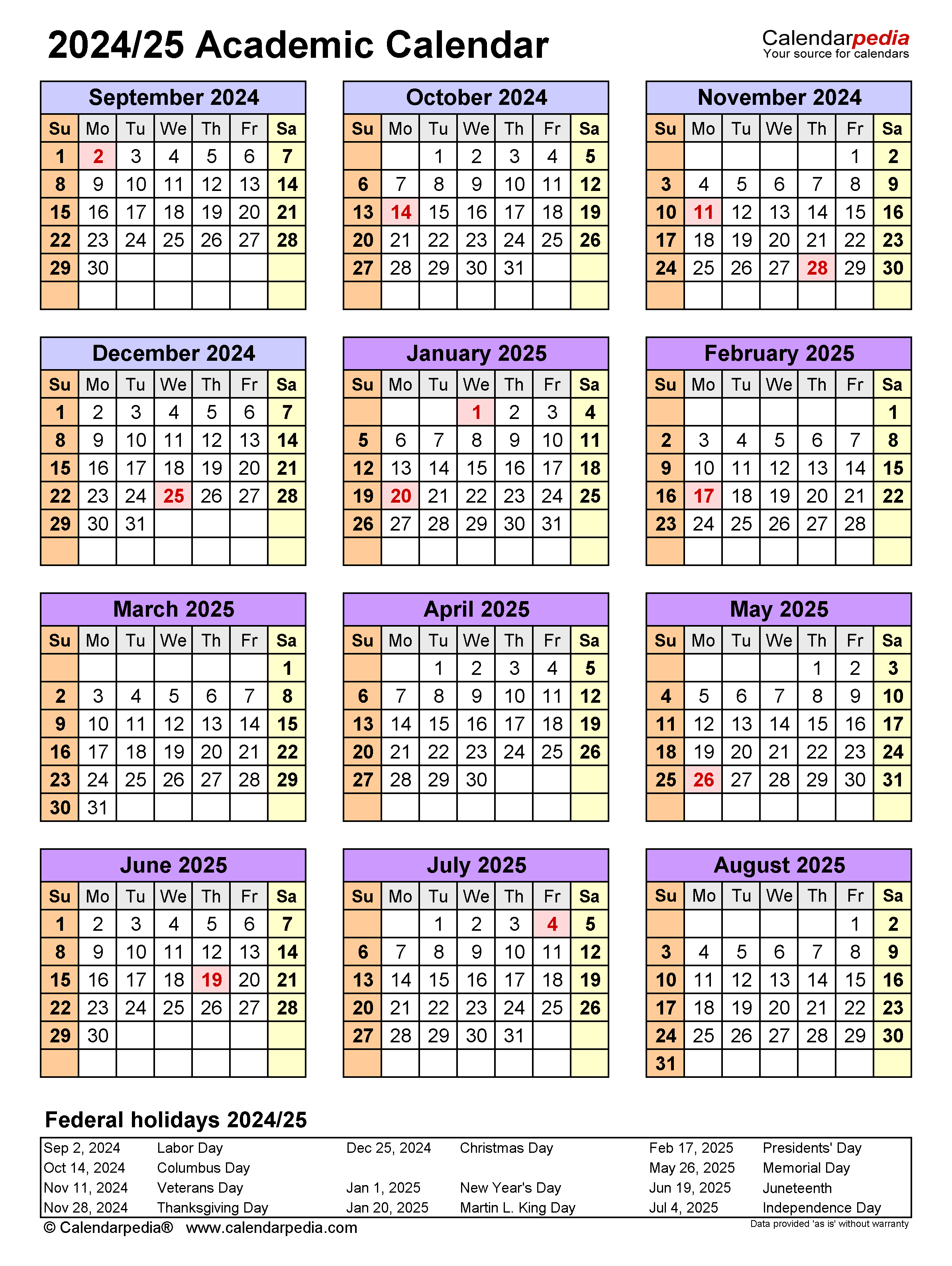
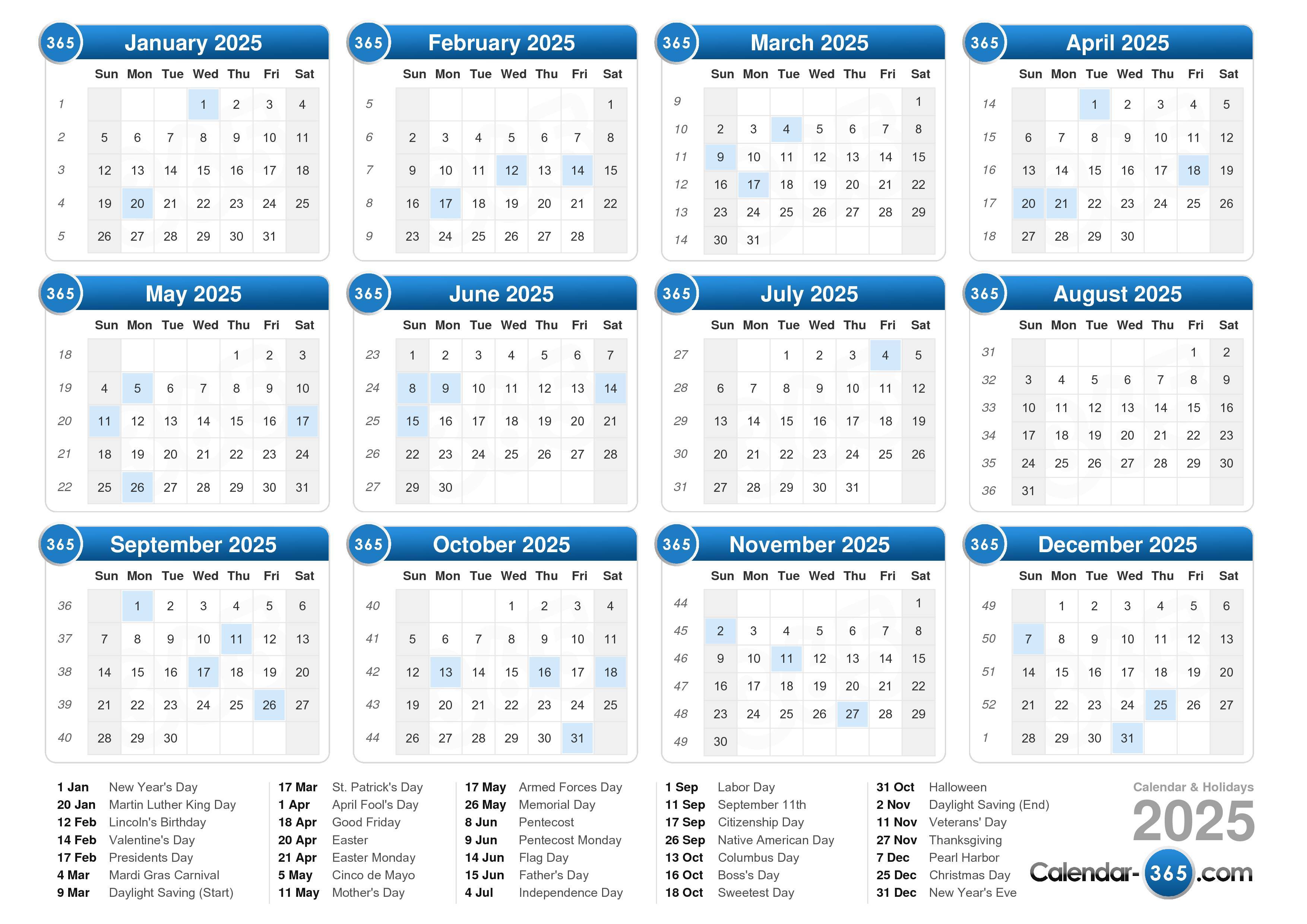
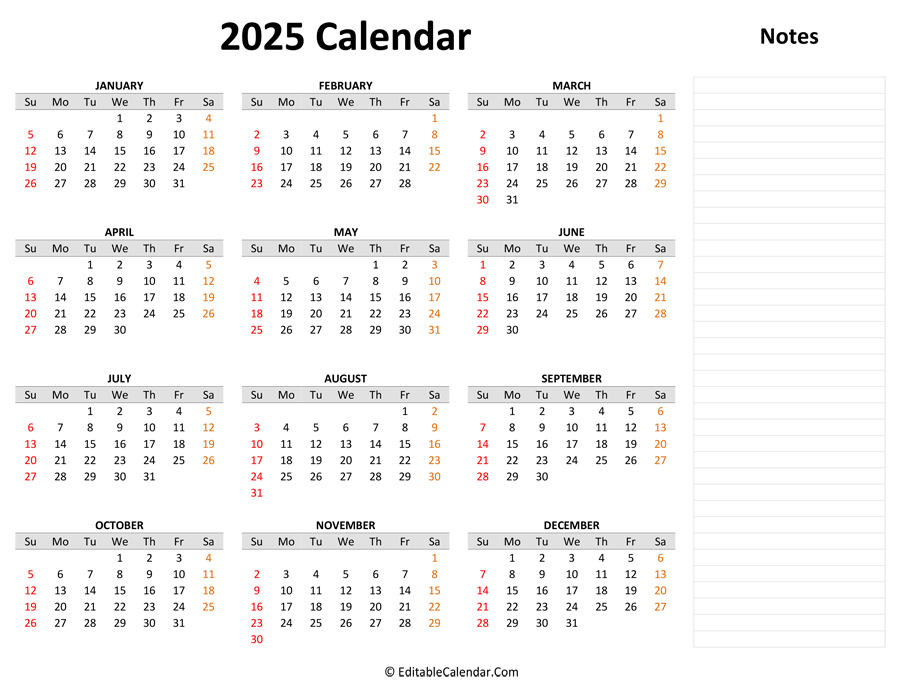
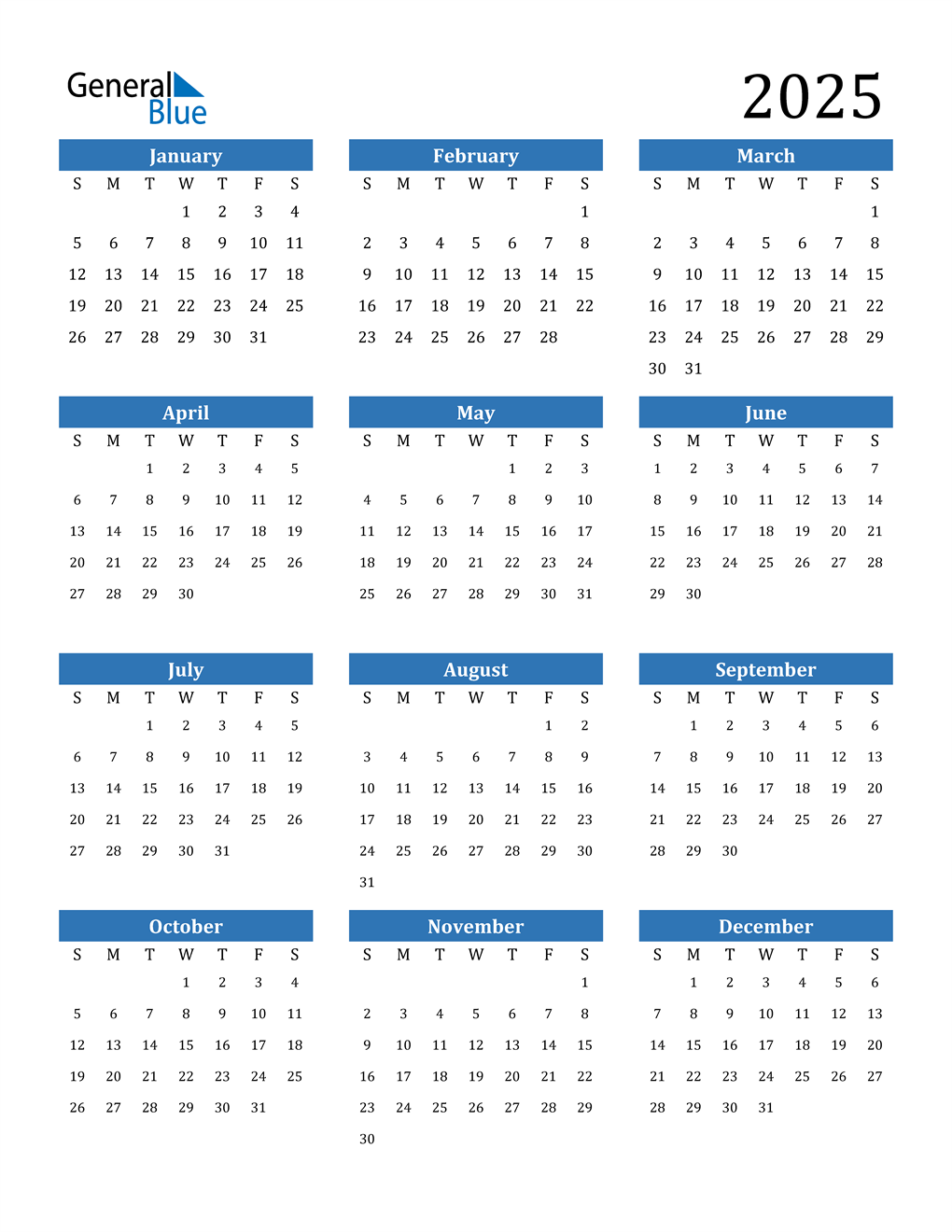
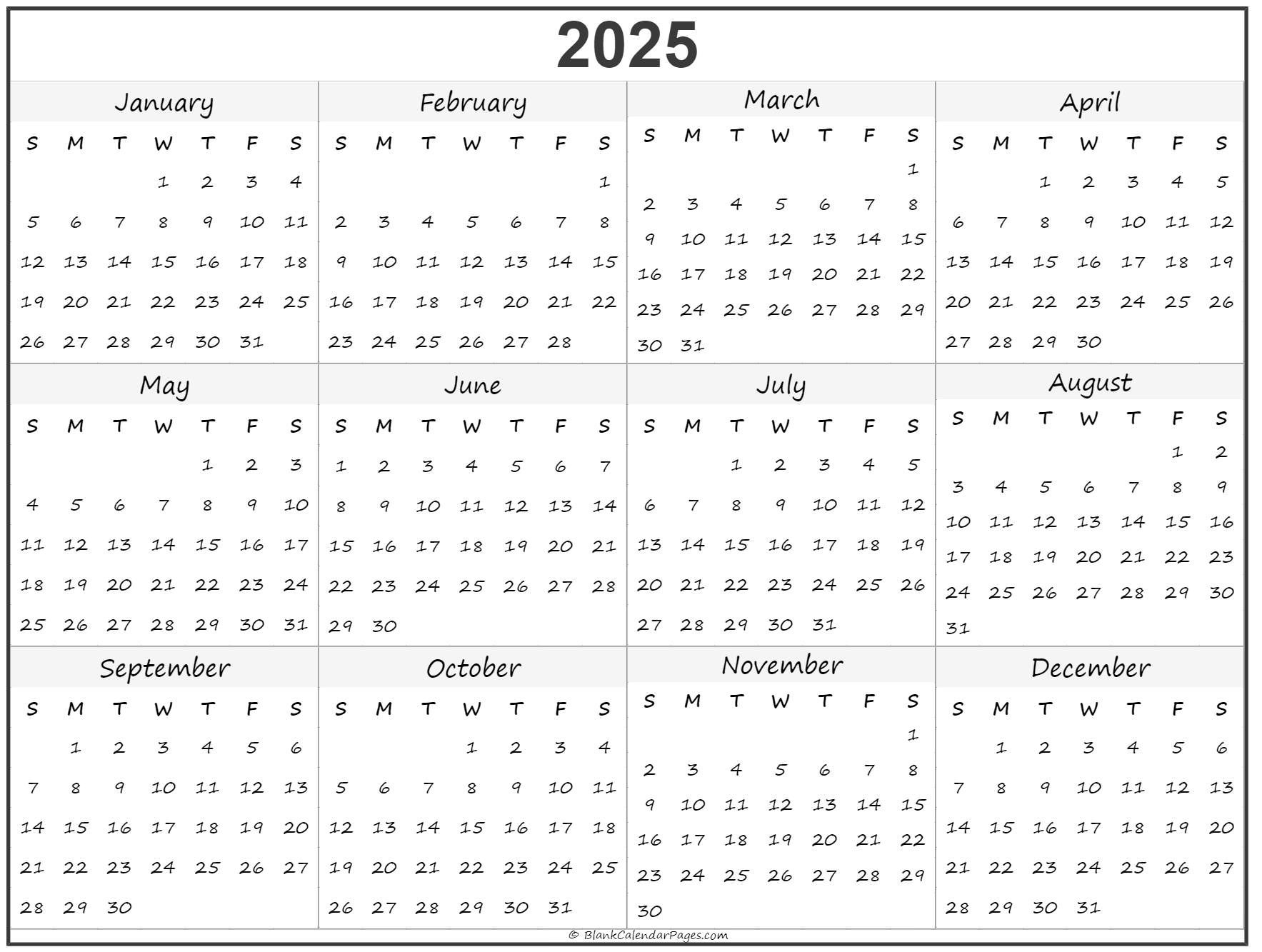

Closure
Thus, we hope this article has provided valuable insights into The Romanesque Calendar of 2025: A Comprehensive Overview. We hope you find this article informative and beneficial. See you in our next article!